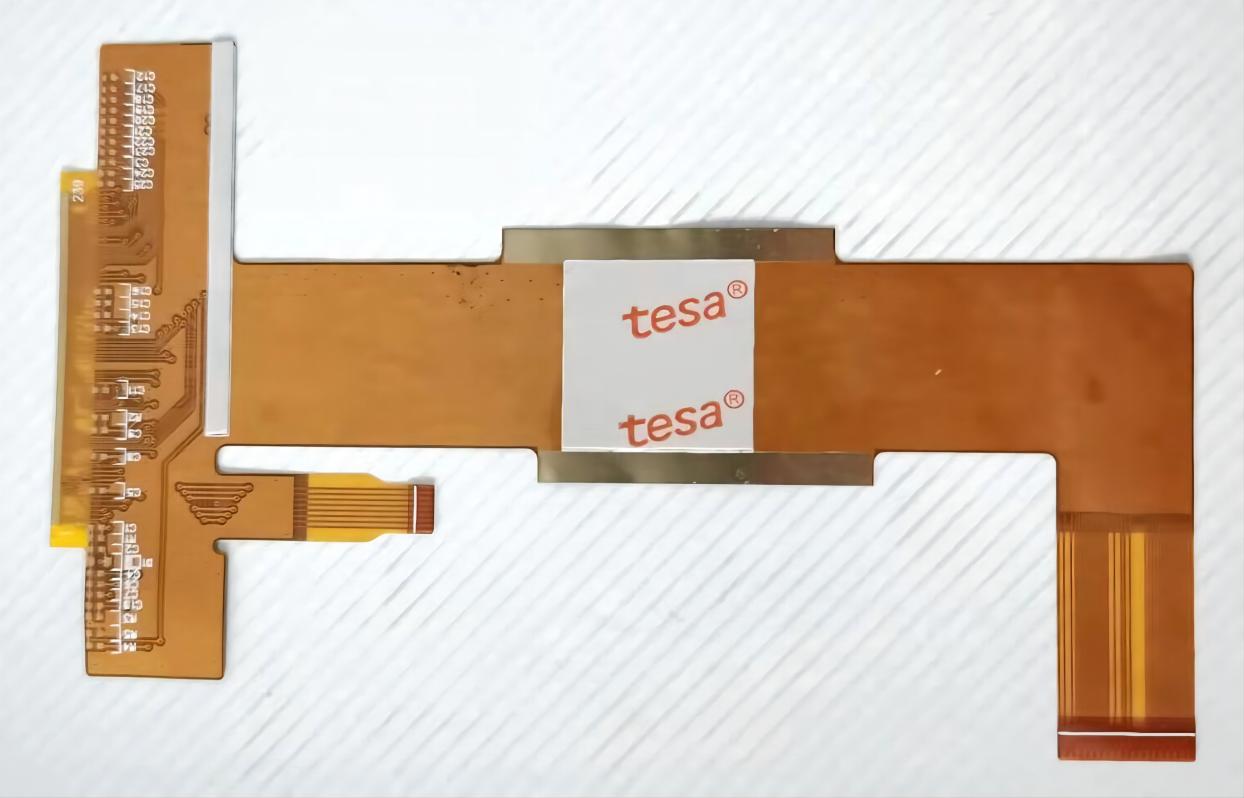Advantages of FPC PCB and industry demand introduction

1. Advantages of FPC PCB over traditional wiring harness
(1) Safety performance:
While replacing the weak wire, the FPC PCB is connected with the busbar with metal sheets, and the FPC protection current design is added to ensure the high-speed transmission route of information. It ensures that even if the battery pack has a short circuit problem, the internal design of the FPC PCB will directly fuse the copper wire of the line to avoid causing the combustion or explosion of other parts of the battery pack.
(2) Lightweight:
Compared to traditional wiring harnesses and PCB (printed circuit board) products used for signal acquisition, the FPC PCB takes up less space in the battery enclosure and is lighter overall.
(3) Process flexibility:
Compared with the traditional wiring harness with numerous insertion points and complicated manual insertion links, FPC breaks through the limitation of process selection. The product can carry out ultrasonic, welding and other process selection according to the characteristics of the battery pack itself; It has advantages in thickness (2mm at 0.34mmNTC in line area) and softness (90°.180° bending assembly in line area).
(4) Automatic production:
FPC has regular shape and higher design integration, which can save a lot of wiring and connection work, and is suitable for large-scale mass production of machinery. It can greatly shorten assembly hours and save labor while providing the basis for automatic production of power battery assembly.
2. FPC application fields
FPC applications in a wide range of areas, especially in mobile phones, computers, consumer electronics. The main products in the mobile phone field are smart phones, the products in the PC field are computers, the main products in the consumer electronics field are tablets and wearable devices, and the main products in the automotive field are LED, instrument, ADAS, entertainment control system, etc. The main products in the field of server/data storage are server/data storage; the main products in the field of military aerospace are artificial satellites, detection instruments, radar systems, etc.; the main products in the field of industrial control are laser measurement and control, sensors, heating coils, etc.; the main products in the medical field are psychological therapy instrument, pacemaker, endoscope, probe, etc.
3. FPC industry demand
(1) Smartphone demand: The global FPC demand mainly comes from smartphones. In recent years, the concentration of the smartphone industry continues to increase. In recent years, the demand in the automobile industry is also growing year by year.
(2) Automobile FPC demand: With the development of automobile electrification and intelligence, the advantages of FPC in flexability, weight reduction and high degree of automation are further reflected, and the usage of FPC in the automotive field is constantly increasing, covering the application of car lights, display modules, BMS/VCUMCU three power control systems, sensors, advanced auxiliary systems and other related scenes. Zhanxin PCB Industry Research Institute expects FPC usage to exceed 100 pieces. In particular, the great development of new energy vehicles to drive FPC on-board power battery demand growth.
(3) VR/AR has the appeal of lightweight, and the amount of FPC is expected to increase. VR/AR headdisplay devices are generally composed of hardware devices such as screen, camera, speaker, microphone, SoC chip, battery, memory module, sensor, fan, control button, USB interface bar, headphone interface bar, etc. It is expected that more than 10 FPCswill be used in a single AR/VR device.
(4) The rapid increase of IoT devices stimulates the growth of PCB demand. The number of electronic components on iot devices will increase with the development of the new generation technology, and the proportion of FPC will further increase. IoT devices are equipped with electronic components such as sensors, communication chips, SoC/MCU, and so on, resulting in a large number of PCBS. In the future, the integration of electronic components of Internet of Things devices will increase, requiring PCB layout to be more flexible and smaller, and the proportion of FPC application is expected to further increase.

